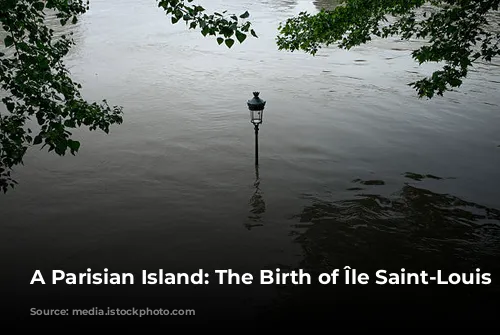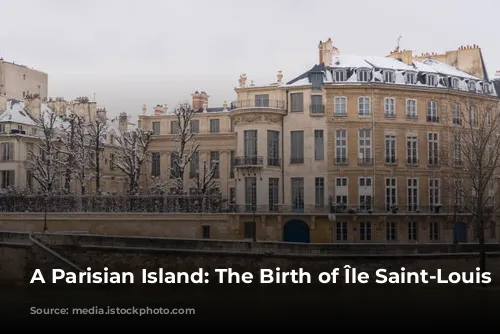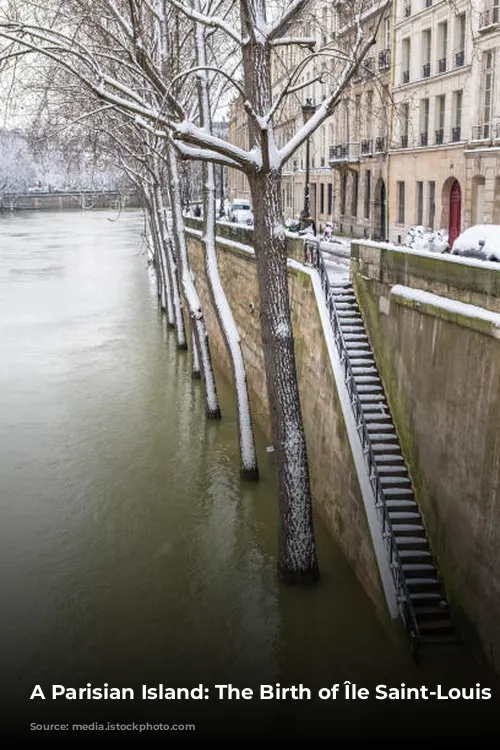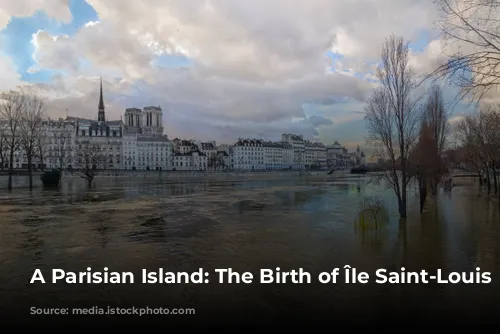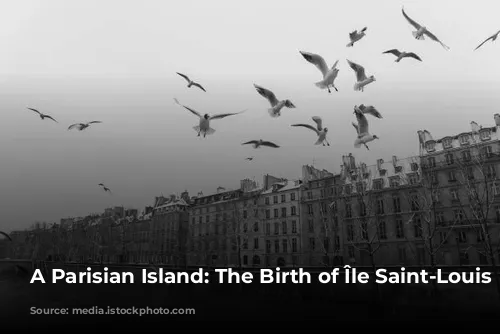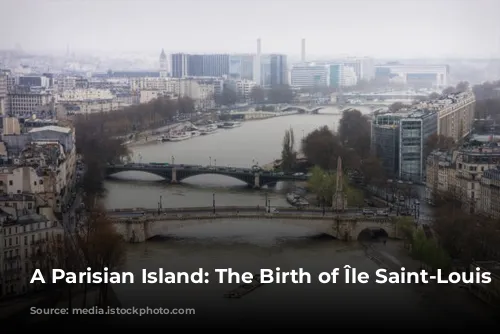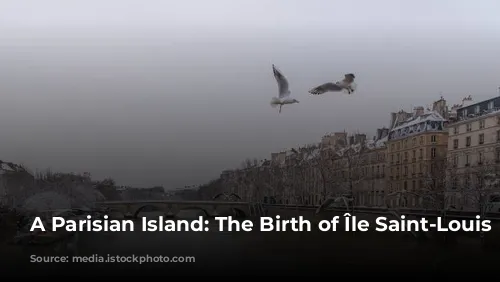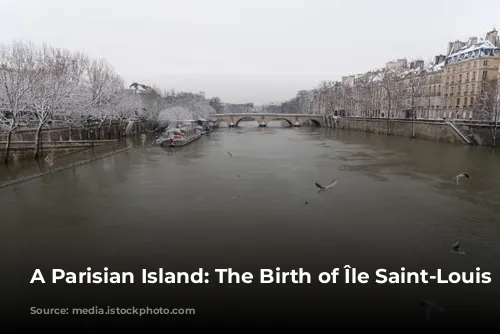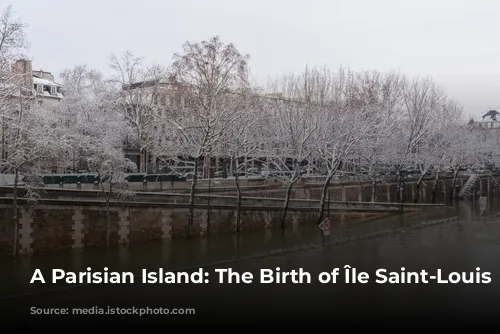Île Saint-Louis, a tranquil oasis in the heart of bustling Paris, was born out of a 60-year lease granted by King Louis XIII in 1627. The lease was awarded to Christophe Marie, a contractor, and two financial backers. It took Marie a whopping 37 years to transform two mudbanks behind Île de la Cité into the beautiful island we know today. He united the islets, built protective dikes, laid out a central avenue with ten side streets, and rented out spaces to residents.
Saint-Louis-en-l’Île Church was constructed in 1664, the same year Île Saint-Louis was officially finished. But even earlier, in 1640, a magnificent house designed by renowned architect Louis Le Vau was completed on the island. Another elegant residence, Hôtel de Lauzun, was built just a short distance away on Quai d’Anjou in 1657. Connecting the island to the Right Bank is the Marie Bridge, built as part of the original contract. While the bridge has been adapted to accommodate modern traffic, its original structure remains.
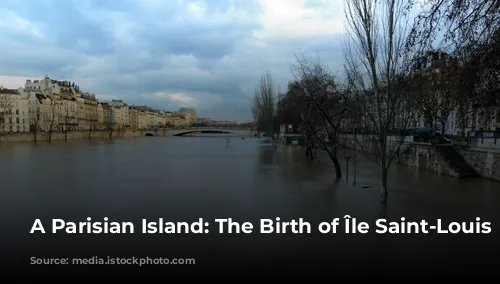
A Palace on the Seine: Palais de Chaillot
South of the iconic Place Charles de Gaulle, on the Right Bank of the Seine River, stands the Palais de Chaillot. Situated on a hill overlooking the river, it offers breathtaking views, especially of the Eiffel Tower, arguably Paris’s most famous landmark. This grand palace was constructed for the 1937 International Exposition, replacing the Trocadéro Palace from the 1878 International Exposition.
The palace is made up of two distinct pavilions, each with a curved wing. It houses several renowned museums, including the Museum of Mankind, the Naval Museum, the Museum of French Monuments, and the Cinema Museum. Beneath the terrace separating the pavilions are the National Theatre of Chaillot and a smaller hall dedicated to the national film library.
The terrace, adorned with statues, provides a stunning panorama of Paris. The slope leading down to the Seine River has been transformed into a terraced park, filled with lively fountains, cascading waterfalls, and serene pools. Just a short distance from the park is the Trocadéro Aquarium (Cinéaqua). From the bottom of the slope, the five-arched Jena Bridge (Pont d’Iéna), built in 1813 to honor Napoleon I’s victory at the Battle of Jena in 1806, connects to the Left Bank.
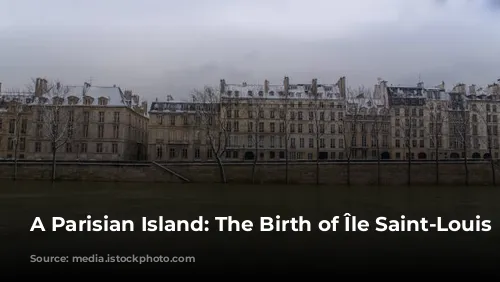
The Iron Lady: Eiffel Tower
Rising on the Left Bank is the Eiffel Tower, a striking metal truss tower designed by Gustave Eiffel. Erected for the 1889 International Exposition, it faced fierce opposition from prominent figures who deemed it unsafe, ugly, or both. After the exposition’s concession expired in 1909, the 984-foot-tall tower was slated for demolition. However, its importance as a radio transmission antenna saved it.
Subsequent additions for television transmission increased its height by about 79 feet. From its highest platform, visitors can enjoy panoramic views extending over 40 miles.

Champ-de-Mars: From Parade Ground to UNESCO Headquarters
At the foot of the Eiffel Tower, stretching to the Military Academy (École Militaire), lies the Champ-de-Mars. This vast field served as the academy’s parade ground, and witnessed two significant events during the French Revolution: the Festival of the Federation (1790) and the Festival of the Supreme Being (1794).
From 1798, the Champ-de-Mars hosted annual national expositions showcasing crafts and manufactures, later evolving into world’s fairs held between 1855 and 1900. Behind the Military Academy, built from 1769 to 1772, stands the headquarters of UNESCO (United Nations Educational, Scientific and Cultural Organization). Designed by an international trio of architects in 1958, the building is adorned with artwork created by artists from member nations.

